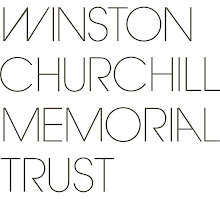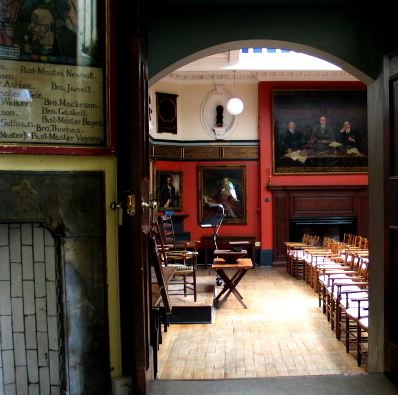
This office was set up specifically to promote traditional and contemporary crafts. They have a gallery space, publish a monthly magazine called “”, and they organize different projects. Significantly Barcelona has some of the best schools in ceramics, graphics and design. It also has more Museums than other provinces and the Decorative Arts museum is better than the one in Madrid!
Since 2007 they have started putting modern designers together with traditional craftsmen to produce new products using the traditional methods. They have had some success, although when I asked where could I see this collection of objects I was told that the objects belonged to the designers so there was no link between them, they where trying to produce a website with all the objects on them.

The offices where situated in the old part of the city and it was interesting to see that here you do find antique shops selling Spanish antiques other than religious artifacts. I also saw workshops for upholsterers and furniture restorers. I arrived early for the interview so that I could have a quick peak at the famous “Bour” Market.

On the Wednesday I had a busy day first seeing Oscar Abba, an Italian jeweler living in Barcelona for a very long time.

He studied Philosophy at University in Rome and then came to Barcelona to do jewelry at the famous Massana School.
 He admits to being a bit of an odd ball and prefers to work in projects where his client asks him to produce something relating to a piece of art or building. He has had commissions from the Porche Foundation and the V&A.
He admits to being a bit of an odd ball and prefers to work in projects where his client asks him to produce something relating to a piece of art or building. He has had commissions from the Porche Foundation and the V&A.We talked more about philosophy over a cup of coffee.
I then went to see Leo.

He and his partner set up a gallery (klimt@klimt02.net) specializing in contemporary jewelry and a website that offers a very comprehensive view of the “advent guard” jewelry scene. I was surprised that no one had asked them their opinions on how to market/improve Spanish jewelry, neither the government, or the schools.

In the afternoon I went to see the ONLY wallpaper producers in Spain. I was quite excited about this because as some of you know I am a Trustee of the Wallpaper History Society, so this meeting was a must!

 Dani is the third generation in the family working in the firm and the and his brothers have revolutionized the business by getting famous designers to produce designs for them and improving distribution so that the can deliver anywhere in Spain within 24 hours. The get all their papers printed in Valencia and use rollers, no digital printing yet. This year is the first year they are also producing some fabrics. www.trestintas.com
Dani is the third generation in the family working in the firm and the and his brothers have revolutionized the business by getting famous designers to produce designs for them and improving distribution so that the can deliver anywhere in Spain within 24 hours. The get all their papers printed in Valencia and use rollers, no digital printing yet. This year is the first year they are also producing some fabrics. www.trestintas.comYou can see their product in Chelsea Harbour!
My final picture was taken inside the famous design shop Vincom, full of fab gadgets we can probably live without, but a really well designed shop with very tasteful things, well worth a visit.

They had an exhibition on the Barbie phenomenon, which I had to resist.











































